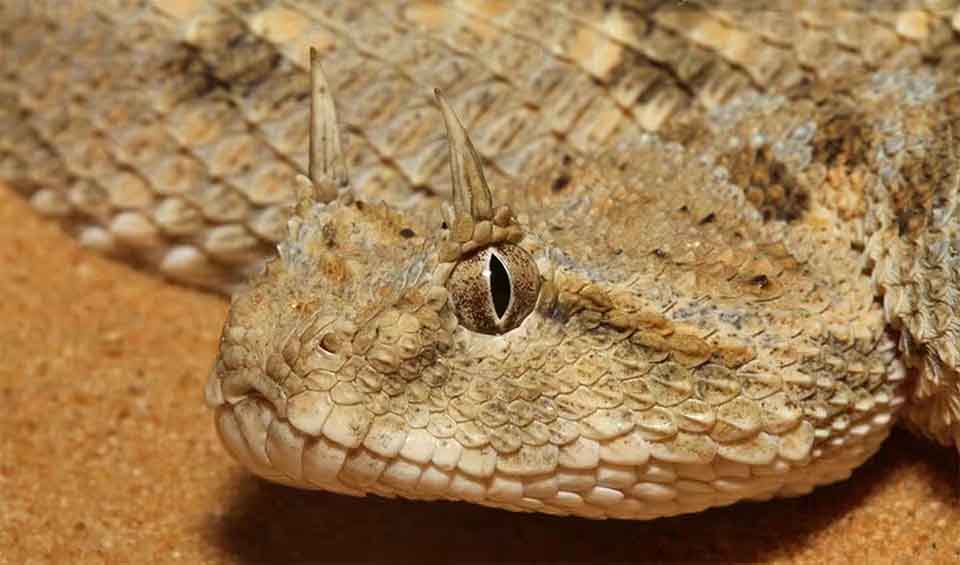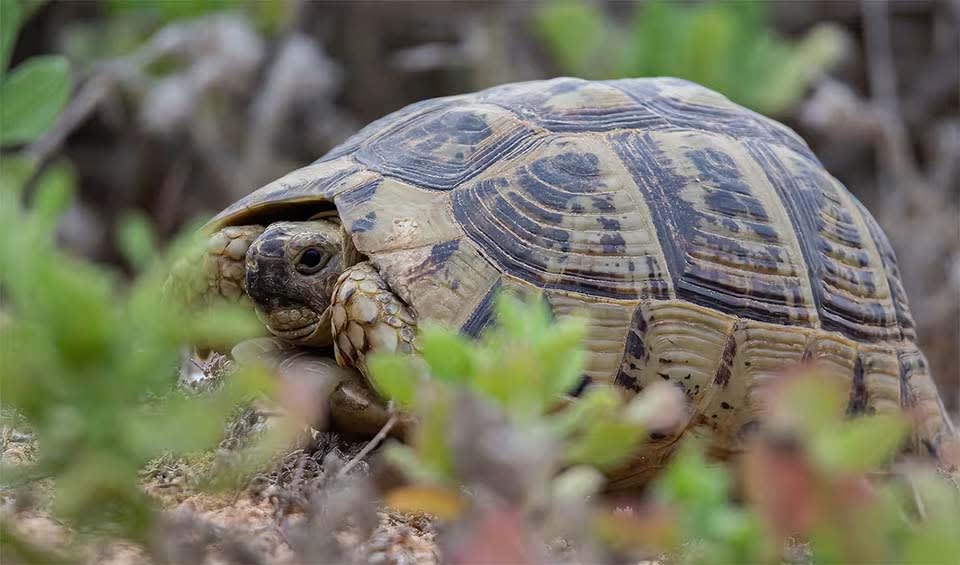Algeria is renowned for its rich and varied natural heritage, featuring an extensive assortment of unique plants and animals native to the area. Its landscapes range from the rugged Atlas Mountains to the vast Sahara Desert, each providing diverse habitats that support species adapted to these challenging conditions.
The country’s plant life is equally remarkable, encompassing over 4000 identified species, many of which are endemic and cannot be found anywhere else in the world. Algeria’s various ecosystems, including forests, wetlands, grasslands, and deserts, enhance its biodiversity, making it a region of significant ecological wealth.
Four pillars elaborated:
Algeria’s dedication to conserving its biodiversity has resulted in the creation of various protected areas. This includes the esteemed Tassili n’Ajjer National Park, which has been designated a UNESCO World Heritage Site. Currently, Algeria boasts eight national parks. Additionally, in 2019, two new protected areas were established: the Babor-Tababort National Park spanning the regions of Sétif-Jijel and Bejaia, and the Cap Lindles Nature Reserve in Oran. There are also two protected areas in the pipeline: the Taghit-Guir National Park in Bechar, which at 627,000 hectares (6,270 km²) is set to be the largest national park in Algeria, and the Chelia-Ouled Yagoub National Park across Khenchela and Batna. Land Management
Land Management
The primary threats to Algeria’s biodiversity are linked to human activities, such as habitat destruction, overexploitation of biological resources, and the expansion of agricultural areas (with natural steppe vegetation decreasing by 50% since 1989). Urbanization and infrastructure development, coupled with pollution, tourism, and hunting, further endanger the natural environment. In the fisheries sector, the number of fishing vessels has nearly doubled from 2,400 in 1999 to 4,000 in 2005, indicating increased pressure on marine biodiversity. Threats to Biodiversity
Threats to Biodiversity
Additionally, the impact of climate change, particularly desertification, and the limited range of exploited areas are likely to affect the populations of key commercial species like sardines, anchovies, and pikes in Algeria.
Algeria successfully achieved the first global biodiversity target set for 2010 by establishing an extensive network of protected areas that now covers 36.5% of its national territory, encapsulating most of the country’s ecosystems. Today, 10% of ecological regions benefit from effective conservation measures, and management plans for national parks are actively implemented. Capacity and Governance
Capacity and Governance
Over the next 20 years, Algeria plans to introduce at least 25 new protected areas for critically endangered species and ecosystems, including 11 marine and coastal parks and 21 marine and coastal reserves. The country protects a diverse array of species, with conservation programs and national legislation under development to safeguard these vulnerable groups, including efforts directed at specific species like the Mediterranean monk seal and the red coral.
The Ministry of the Environment and Renewable Energies in Algeria has formulated a National Biodiversity Strategy and Action Plan to direct the conservation and sustainable utilization of the country’s biodiversity. Additionally, Algeria has adopted a strategy for integrated coastal zone management to protect environmental and coastal biodiversity from 2020 to 2030. Future Trends
Future Trends
Biodiversity
Algeria’s Mediterranean coastline stretches over 1,600 kilometers, featuring sandy beaches, rocky cliffs, and rich marine habitats. These coastal areas are vital for many marine species, including fish, crustaceans, and mollusks. The coastal wetlands, such as the El Kala National Park, are important habitats for migratory birds and endemic plant species. Marine life in the coastal waters includes species like the loggerhead sea turtle and various types of dolphins, which rely on these habitats for breeding and feeding.The northern part of Algeria is dominated by the Atlas Mountains, which are divided into the Tell Atlas and the Saharan Atlas. These mountains are covered with diverse forests, including oak, cedar, and pine forests, which support a variety of wildlife. Notable species include the Barbary macaque, the only primate native to North Africa, and the Barbary stag, an endangered deer species. The forests are also home to numerous bird species, such as the golden eagle and the peregrine falcon.
In the table below are the number of known species in several main groups, how many of these species are Threatened with extinction, and how many of them are Endemic (unique to Algeria only):
| Species (World rank) |
Threatened | % Threatened | Endemic | % Endemic | |
|---|---|---|---|---|---|
| Mammals | 109 (#102) | 14 | 12.8% | 1 | 0.9% |
| Birds | 319 (#114) | 19 | 6.0% | 2 | 0.6% |
| Reptiles | 111 (#85) | 8 | 7.2% | 3 | 2.7% |
| Amphibians | 16 (#119) | 3 | 18.8% | 1 | 6.3% |
| Fishes | 482 (#124) | 69 | 14.3% | 13 | 2.7% |
| Plants | 4,000 (#86) | 22 | 0.6% | 248 | 6.2% |
mammals
Cheetah
Racing to extinction: historically ranging throughout Africa to India, now distributed in small, fragmented populations
Barbary macaque
A monkey without a tail that’s why people sometimes mistakenly call it an ape
Lesser Egyptian jerboa
This ‘mini kangaroo’ leaps up to 3 m (9.8 ft) in a single jump, thanks to its incredibly large hind legs
birds
Northern bald ibis
Considered a sacred bird by ancient Egyptians, often depicted in their art and mythology
Atlantic puffin
This incredible bird can hold up to 30 fish in its beak at once
Common kingfisher
Possessed with special visual adaptations to catch fish
reptiles
Saharan horned viper
Despite its fearsome appearance, it is a shy and reclusive creature that would rather hide than confront a threat
Greek tortoise
The mosaic-shelled marvel of the Mediterranean
Common chameleon
A reptile that can mimic the hues of nature and capture its feast with a tongue that’s like a thunder
National Animals
Fennec fox
Smallest fox in the world, measuring almost 25 cm (10 in), but has enormous ears that can grow up to 15 cm (6 in)














